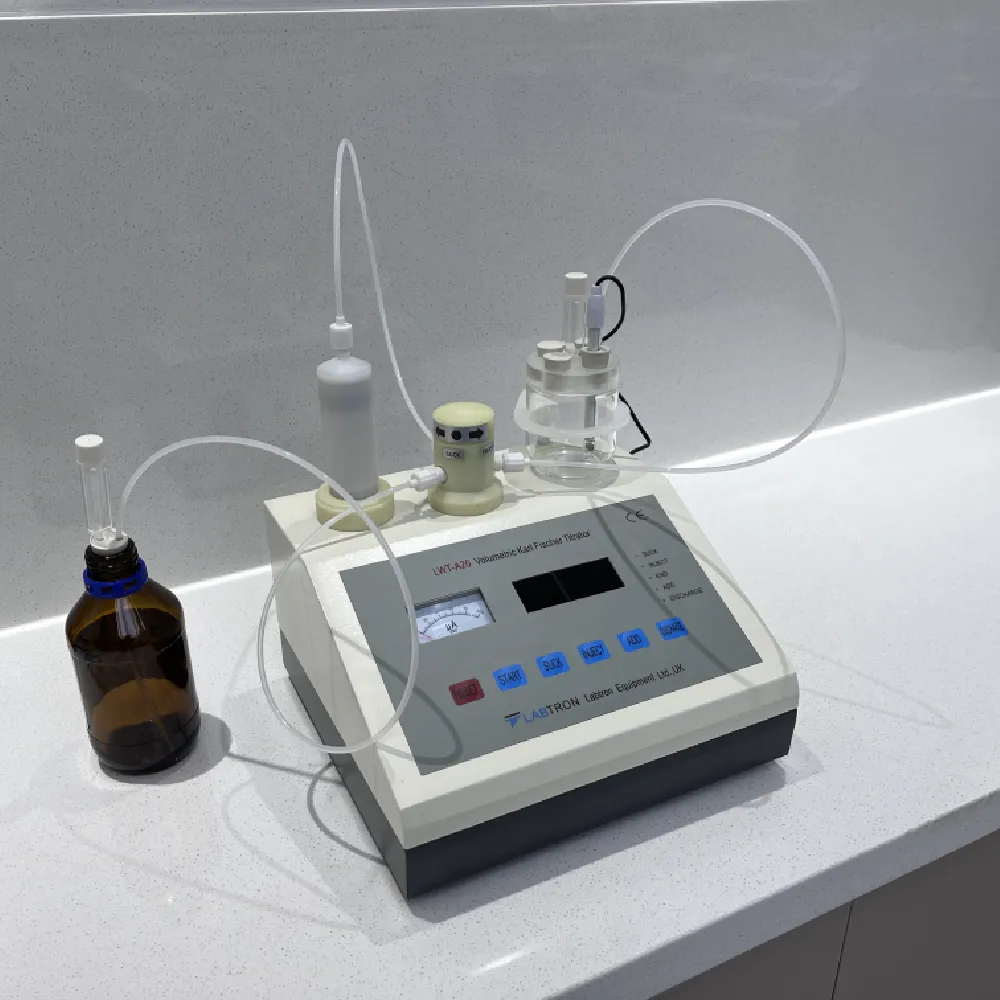 English
English


transformer dielectric strength
Understanding Transformer Dielectric Strength Importance and Implications
Transformer systems are critical components in electrical power distribution, acting as vital links between generation and consumption. Among the various characteristics that define the performance and reliability of transformers, dielectric strength is paramount. This property significantly influences a transformer's ability to operate safely under high voltage conditions, making it essential for engineers and industry professionals to understand its implications fully.
What is Dielectric Strength?
Dielectric strength refers to the maximum electric field that a material can withstand without experiencing failure or breakdown. In the context of transformers, dielectric strength is crucial because it determines the insulation capacity of various components like windings, bushings, and insulating oil. These insulations are fundamental in preventing short circuits, which could lead to transformer failure and pose serious risks to both personnel and equipment.
The dielectric strength of insulating materials is typically measured in volts per millimeter (V/mm) or kilovolts per millimeter (kV/mm). Higher values indicate a stronger material capable of withstanding greater electric fields before breakdown occurs. Transformers largely rely on insulating materials to maintain their operational integrity under high-voltage scenarios.
Factors Affecting Dielectric Strength in Transformers
Several factors can influence the dielectric strength of transformer insulation. These factors include
1. Material Properties Different insulating materials exhibit varying degrees of dielectric strength. Common materials used in transformers include cellulose-based papers, resin systems, and insulating oils. Each material has its dielectric limits, which can be affected by temperature, moisture content, and aging.
2. Environmental Conditions During operation, transformers are exposed to varying temperatures, humidity levels, and pollution. These environmental factors can gradually degrade insulation properties and, consequently, dielectric strength. For instance, excess moisture can lead to reduced dielectric strength and increased chances of electrical failure.
transformer dielectric strength

3. Electrical Stress The operational voltage of the transformer, combined with transient conditions such as surges and switching events, can stress insulating materials. Continuous exposure to high electric fields can lead to electrical treeing and other forms of degradation, lowering the overall dielectric strength.
4. Manufacturing Quality The precision and quality of the manufacturing process are directly linked to the dielectric properties of the insulating materials used. Inadequate processing, contaminants, and defects can introduce weaknesses that compromise dielectric strength.
Importance of Dielectric Strength Testing
Given the critical role that dielectric strength plays in transformer safety and performance, conducting regular testing is fundamental. Dielectric strength tests help identify weaknesses in insulation before they lead to catastrophic failures. Common testing methods include
- Dielectric Breakdown Voltage Testing This method involves gradually increasing the voltage applied to the insulation until breakdown occurs. The maximum voltage withstand provides a measure of dielectric strength.
- Relative Humidity Testing Since moisture can significantly impact dielectric properties, testing under controlled humidity conditions can provide insight into how environmental factors may affect insulating materials.
Routine testing ensures that transformers remain compliant with industry standards and reduces the risk of unexpected outages, ultimately leading to more reliable power delivery.
Conclusion
Transformer dielectric strength is an essential characteristic that must be meticulously monitored and maintained. Understanding the factors that influence dielectric strength and implementing regular testing can help ensure the reliability and safety of transformer systems. As the demand for electric power continues to grow, the focus on dielectric strength and insulation quality will remain a key aspect of successful transformer design and operation. By prioritizing these factors, electrical professionals can contribute to the enhanced stability and longevity of power distribution networks worldwide.
-
Differences between open cup flash point tester and closed cup flash point testerNewsOct.31,2024
-
The Reliable Load Tap ChangerNewsOct.23,2024
-
The Essential Guide to Hipot TestersNewsOct.23,2024
-
The Digital Insulation TesterNewsOct.23,2024
-
The Best Earth Loop Impedance Tester for SaleNewsOct.23,2024
-
Tan Delta Tester--The Essential Tool for Electrical Insulation TestingNewsOct.23,2024





